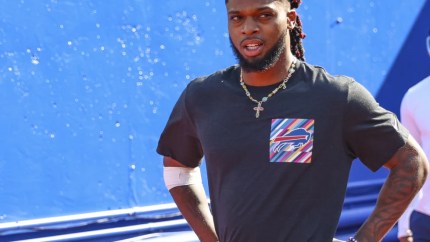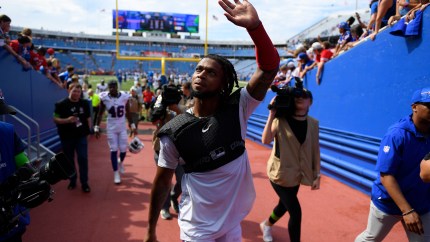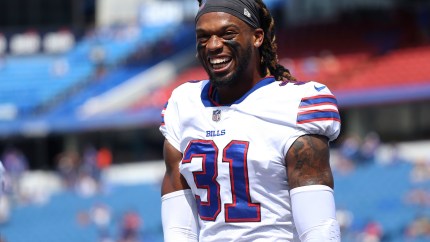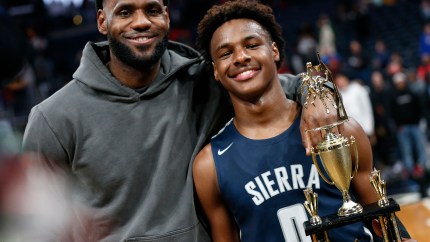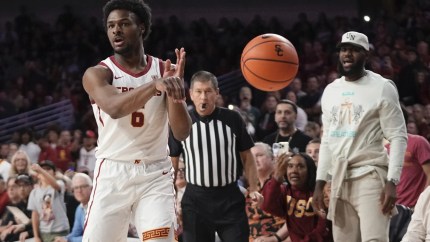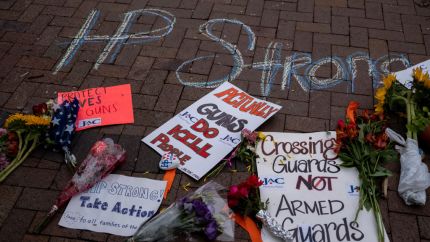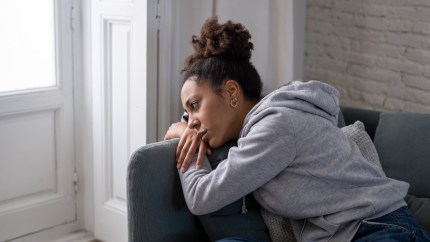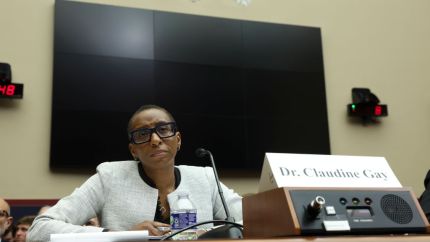Damar Hamlin’s cardiac arrest stokes sustained interest in CPR and AEDs
Immediate CPR and a shock from a defibrillator after cardiac arrest are critical. But less than half of people in cardiac arrest outside the hospital get bystander help, and just 9% survive, according to American Heart Association statistics.
Whenever Quentin Tomlin heads out to play high school football, his mother, Laura, knows one thing is for sure: The team won’t take the field without access to an automated external defibrillator, or AED.
Laura Tomlin knows because she purchased the device, which can shock a heart into a normal rhythm, after her family watched Buffalo Bills safety Damar Hamlin collapse on the field from a cardiac arrest during the Jan. 2, 2023, game against the Bengals in Cincinnati.
“It was a real motivator,” said Laura, who was watching the “Monday Night Football” game on TV with her kids from their home in nearby Fort Thomas, Kentucky, while her husband, Christopher, watched from the stands. Christopher had recently had a stroke, so he and Laura had been talking to Quentin and their daughter, Ari, about the importance of nutrition and exercise to maintain good cardiovascular health.
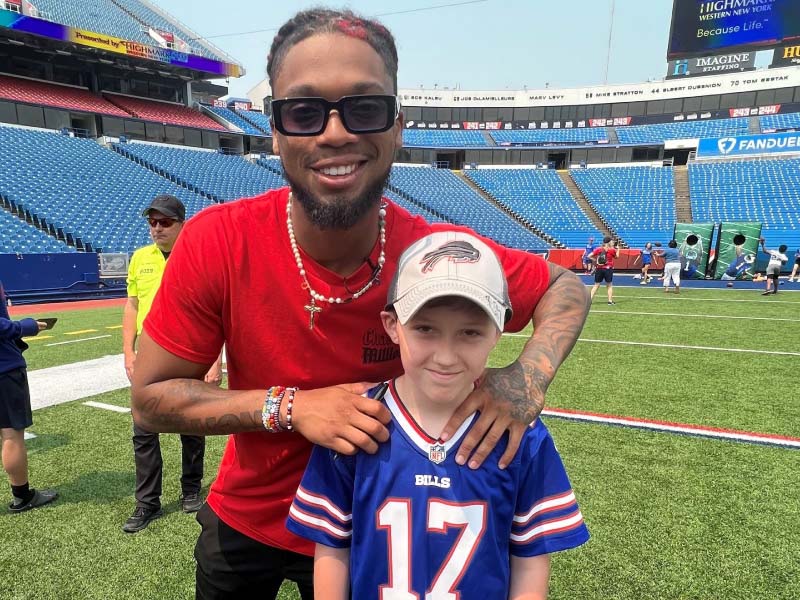
But when Hamlin’s heart stopped – and was restarted with CPR and a defibrillator on live television – the conversation changed.
“After the game, we focused on preparing them to save someone’s life if they were ever in a position to do so,” Laura said.
Receiving immediate CPR and a shock from a defibrillator following a cardiac arrest is critical. Yet only 40% of people who have a cardiac arrest outside the hospital get bystander CPR, and just 9% survive, according to American Heart Association statistics.
When a lay responder delivers a shock from an AED, an estimated 44% survive, according to 2022 data from the national Cardiac Arrest Registry to Enhance Survival. Yet AEDs are used by bystanders only 5% of the time.
The dramatic unfolding of Hamlin’s cardiac arrest immediately spiked interest in AEDs and CPR, giving rise to an increase in training and education around the nation. The AHA said views of its hands-only CPR webpages jumped more than 600% in the ensuing days. By April, 3 million people had watched its video on how to perform hands-only CPR, which requires pushing hard and fast in the center of the chest at 100 to 120 beats per minute.
Once Hamlin recovered, he began working with the AHA to teach people about CPR and AEDs. The NFL also worked with the AHA to provide CPR and AED training at the Super Bowl and the April draft. More than half of all NFL teams provided training for their staff or local communities, resulting in roughly 18,000 people getting hands-only CPR training and roughly 500 becoming CPR-trained.
Recommended Stories
Hamlin’s cardiac arrest even spurred state and federal legislation. New York now requires all camps and youth sports organizations to develop AED plans and to have at least one AED-trained staff member on hand. Ohio has renewed its efforts to require AEDs in schools, and similar efforts are underway in Virginia. The federal Access to AEDs Act would create grants for elementary and secondary schools to purchase, maintain and provide training for AEDs.
The focus on how to save a life was particularly intense in Cincinnati – where Hamlin collapsed – and Buffalo, New York, home of the Bills.
“It’s all everybody talks about, still to this day,” said Russ Lyons, a Bills season ticket holder who was inspired to take the team-sponsored CPR training. Lyons, who used to sell portable AEDs, reached out to the Bills to see what more he could do to educate the local community.
“They said come on out to the stadium. We got to meet Damar,” said Lyons, who took the training with his 12-year-old son, David, and was given a kit to train 300 more people. He has since given a presentation at his son’s school and is helping to organize CPR training for his daughter Elizabeth’s 500-member youth soccer league. He even helped the league purchase its own AED.
“We didn’t have an AED at our pavilion,” he said. “I would be devastated if someone went down and we weren’t equipped.”
Laura also took CPR training, then started encouraging others to get trained, including 14-year-old Quentin and 10-year-old Ari. She immediately called her kids’ football and cross-country coaches to see if they always had access to AEDs. The football coach did not.
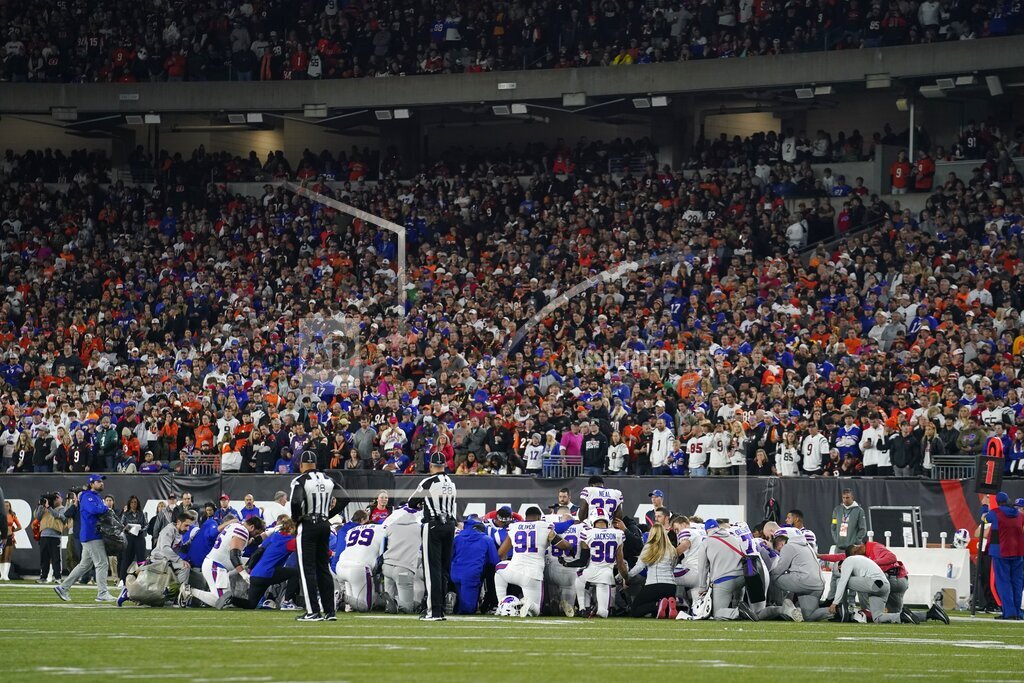
“I told the coach there will be one at practice, and Quentin will have it,” she said.
Laura said her son teases her that she may sometimes forget her phone but never forgets to bring the AED to a game. “I told him he can make fun of me all he wants, but I want him to be prepared.”
Her daughter’s cross-country coach, who once had a heart attack while running, has been carrying an AED to meets and practices for years. Laura plans to advocate for placing AEDs throughout local park systems.
Lyons, the Bills fan, hopes to spread as much awareness and training as possible. Even if most of it goes unused, he said, saving a single life would make it worthwhile.
“Wouldn’t it be awesome,” he asked, “if we were able to make even a tiny little difference?”
Copyright is owned or held by the American Heart Association, Inc., and all rights are reserved. Permission is granted, at no cost and without need for further request, for individuals, media outlets, and non-commercial education and awareness efforts to link to, quote, excerpt from or reprint these stories in any medium as long as no text is altered and proper attribution is made to American Heart Association News.
HEALTH CARE DISCLAIMER: This site and its services do not constitute the practice of medical advice, diagnosis or treatment. Always talk to your health care provider for diagnosis and treatment, including your specific medical needs. If you have or suspect that you have a medical problem or condition, please contact a qualified health care professional immediately. If you are in the United States and experiencing a medical emergency, call 911 or call for emergency medical help immediately.
Never miss a beat: Get our daily stories straight to your inbox with theGrio’s newsletter.
